 "ttyymmnn" (ttyymmnn)
"ttyymmnn" (ttyymmnn)
08/20/2020 at 09:05 ē Filed to: good morning oppo, wingspan
 2
2
 4
4
 "ttyymmnn" (ttyymmnn)
"ttyymmnn" (ttyymmnn)
08/20/2020 at 09:05 ē Filed to: good morning oppo, wingspan |  2 2
|  4 4 |
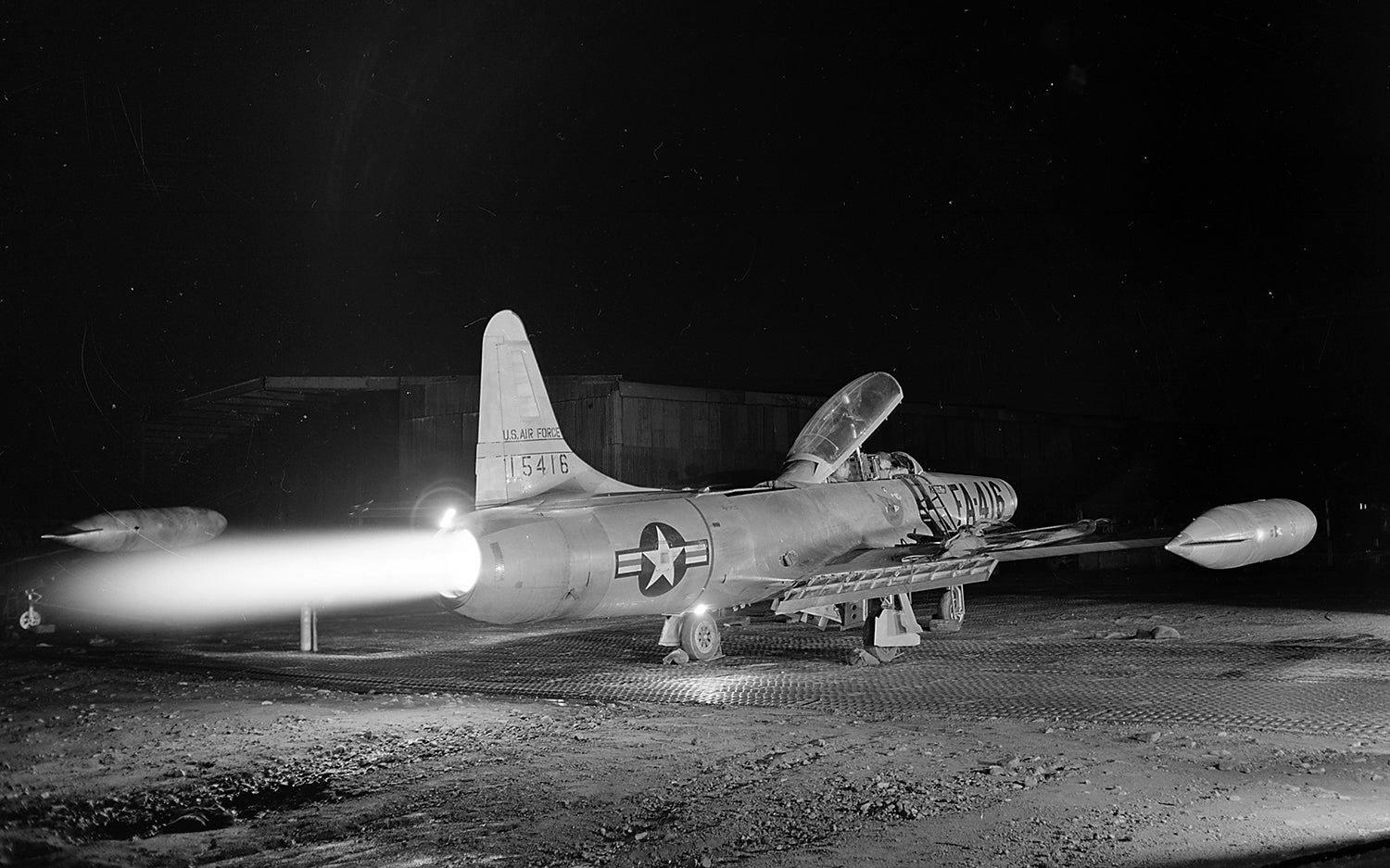
Good morning, Oppo, and beware of the breakfast tacos.
This awesome shot of a Lockheed F-94 Starfire was taken in Korea in 1953. In addition to it being a really cool shot of the Starfireís afterburner in action, itís important because the Starfire was the first production US fighter to be equipped with an afterburner. Developed from the two-seat !!!error: Indecipherable SUB-paragraph formatting!!! trainer, the aptly named Starfire entered service in 1950 and was the first all-weather US jet fighter to see combat when it went to war in Korea. There, Starfires protected B-29 Superfortresses during night missions, and the first jet-to-jet nighttime combat victory was scored by a Starfire over a MiG-15. The Starfire was also widely used in the US as part of the Air Defense Command, taking over from the piston-powered !!!error: Indecipherable SUB-paragraph formatting!!! . With the rapid pace of fighter development at the time, the Starfire was retired by 1959 after 855 were built.
 facw
> ttyymmnn
facw
> ttyymmnn
08/20/2020 at 09:21 |
|
Oh man, wikipedia has a disconnect, the Starfire page says it was developed from the T-33, but the P-80 page says it was developed into the F-94.
T-33 page says it was developed into the F-94, but more interestingly the Skyfox (which falls into planes Iíve never heard of territory). Iím more than a little shocked that someone in 1983 thought it was a good idea to build a trainer/light attack aircraft based on a (heavily modified) WWII era design (though apparently retaining 70% commonality with the T-33) , and that Boeing thought it was a good enough idea to buy them out. Iím not at all shocked that they didnít find any customers.
†
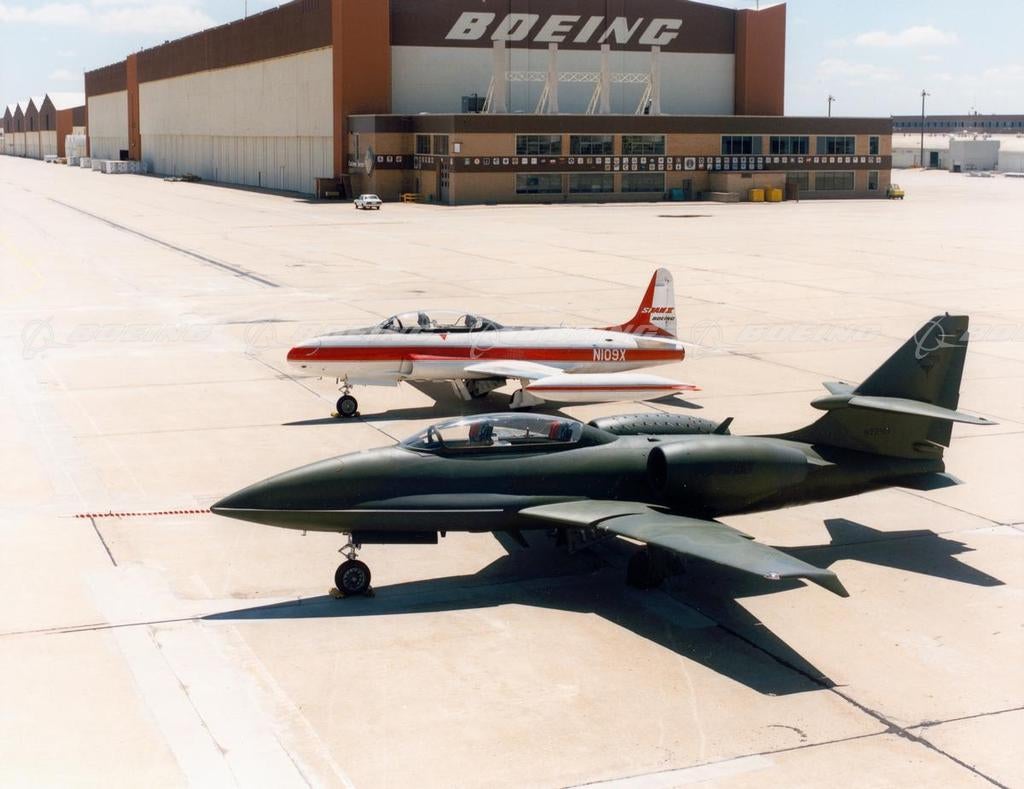
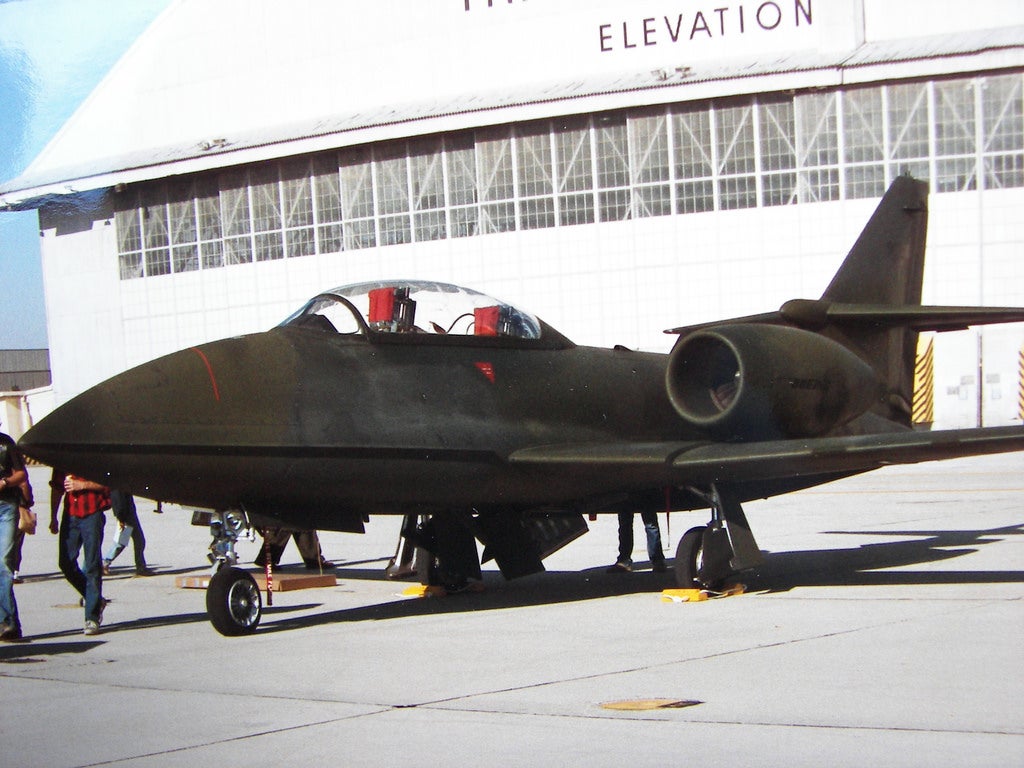
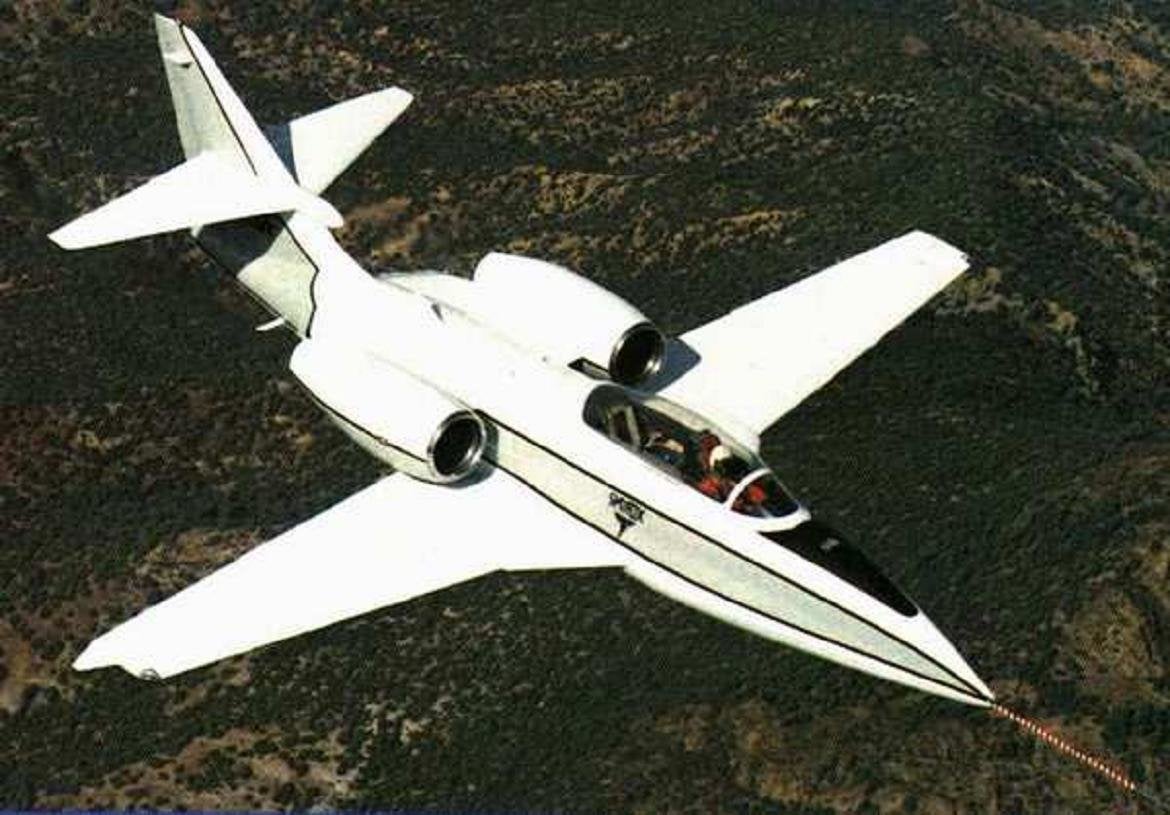
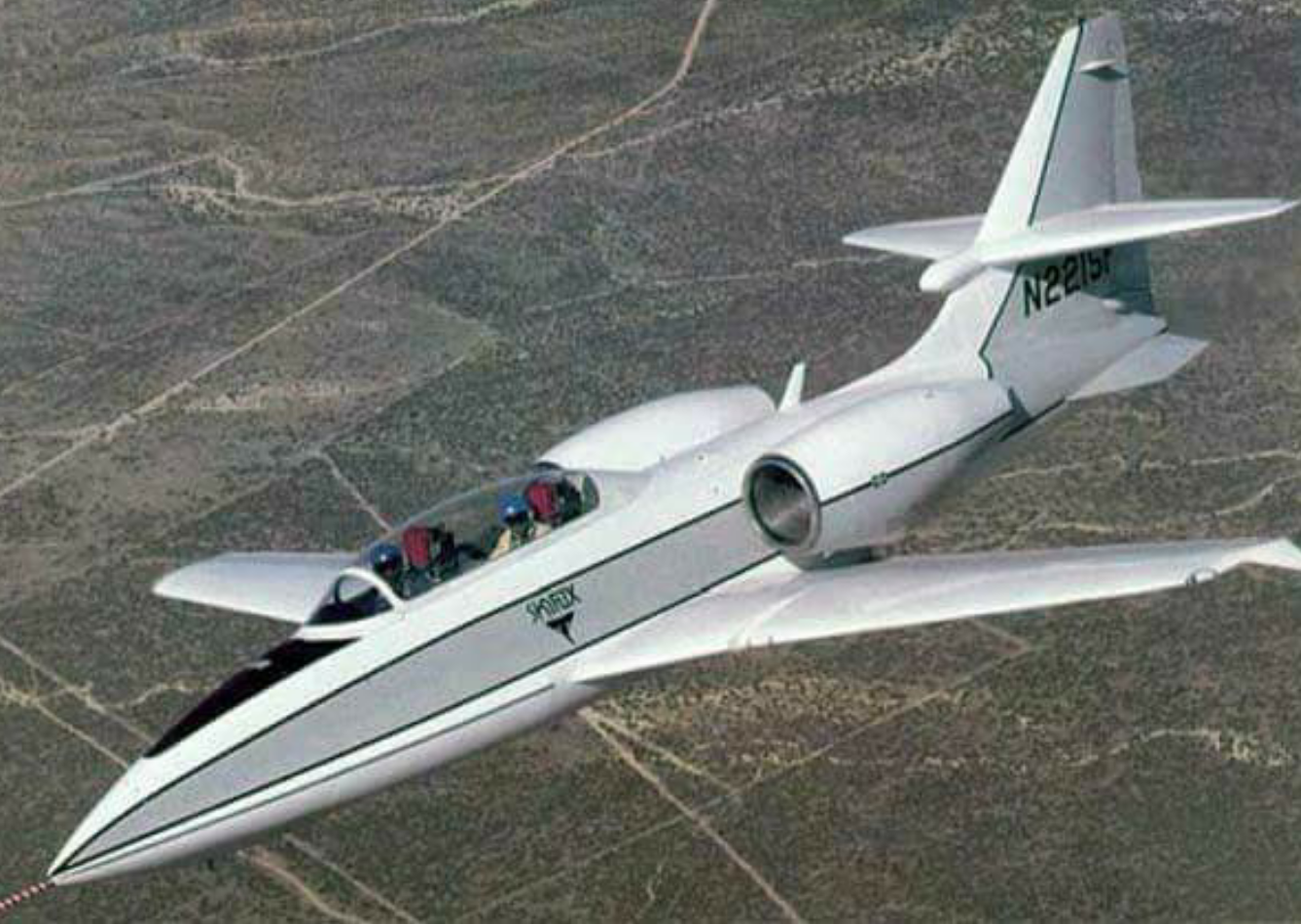
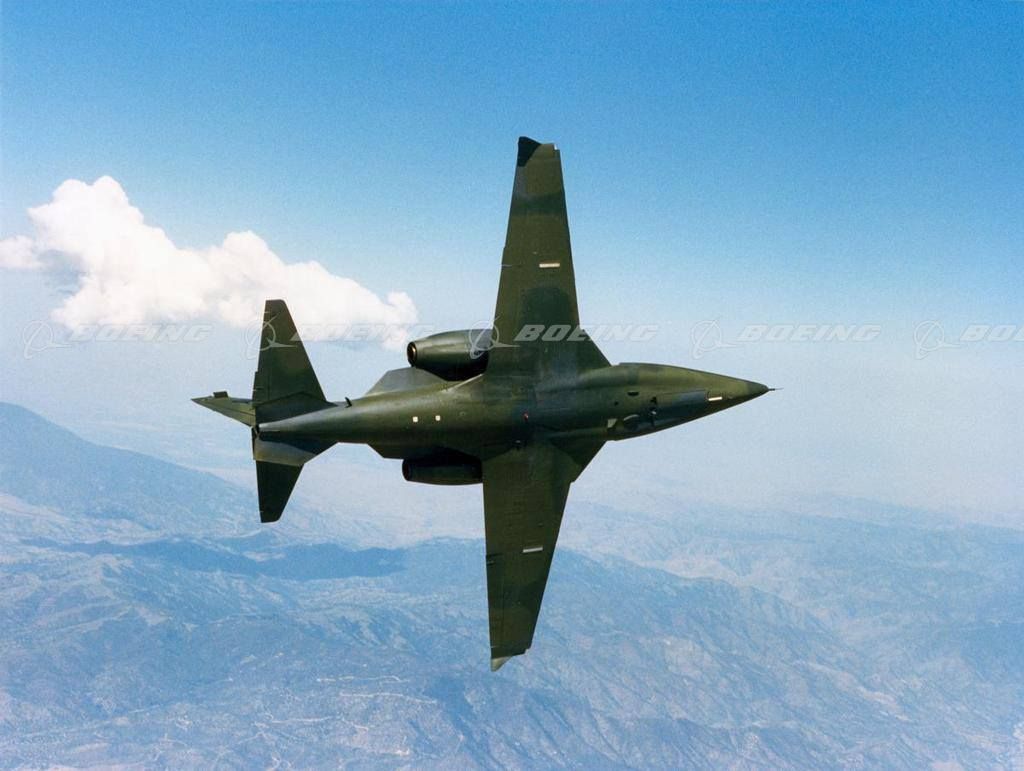
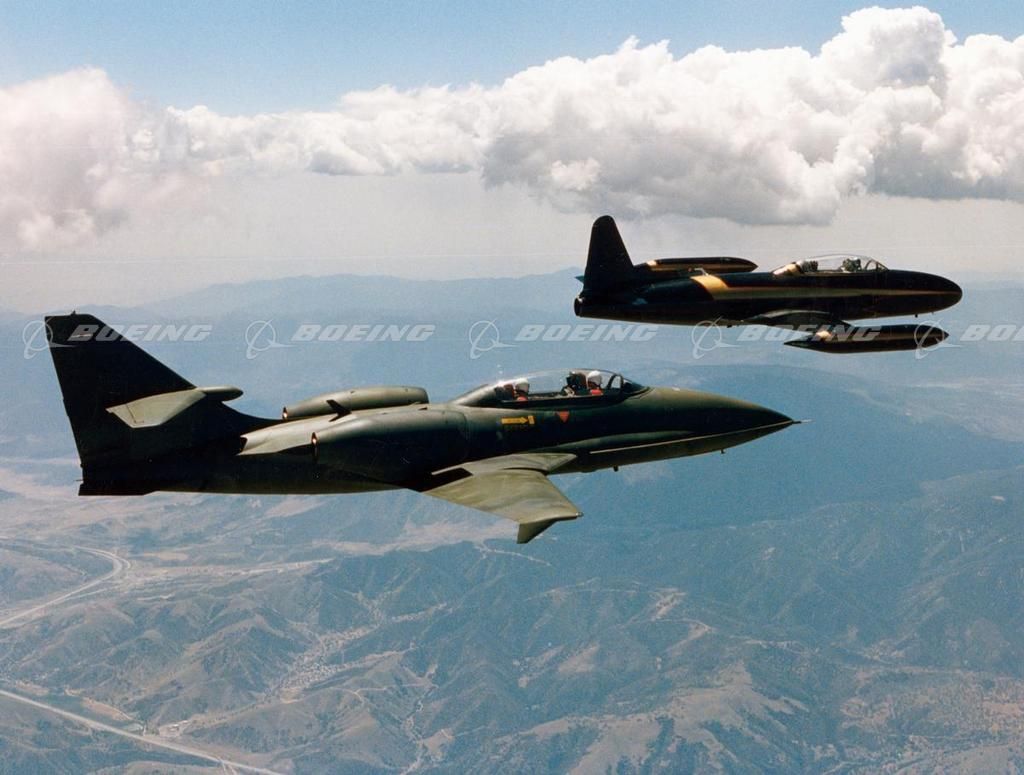
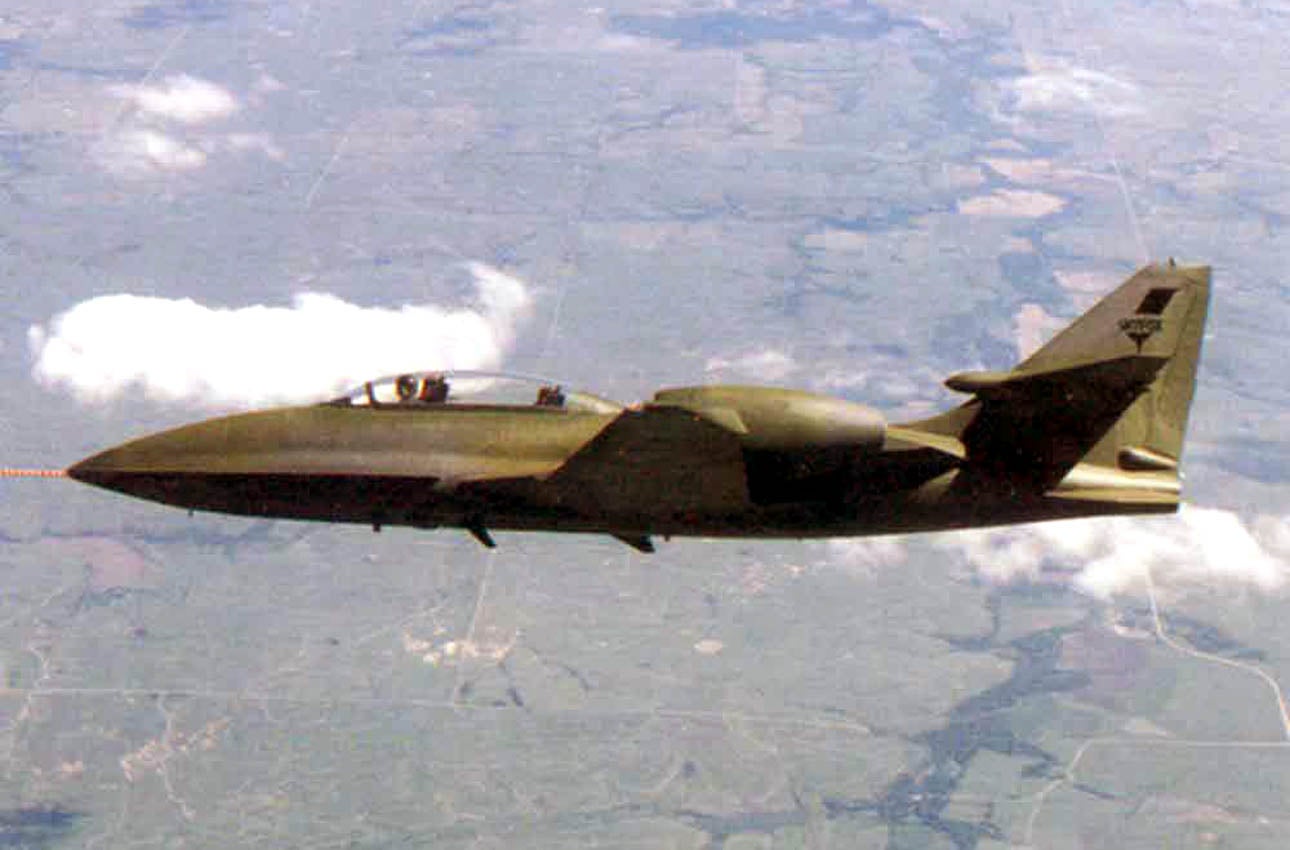
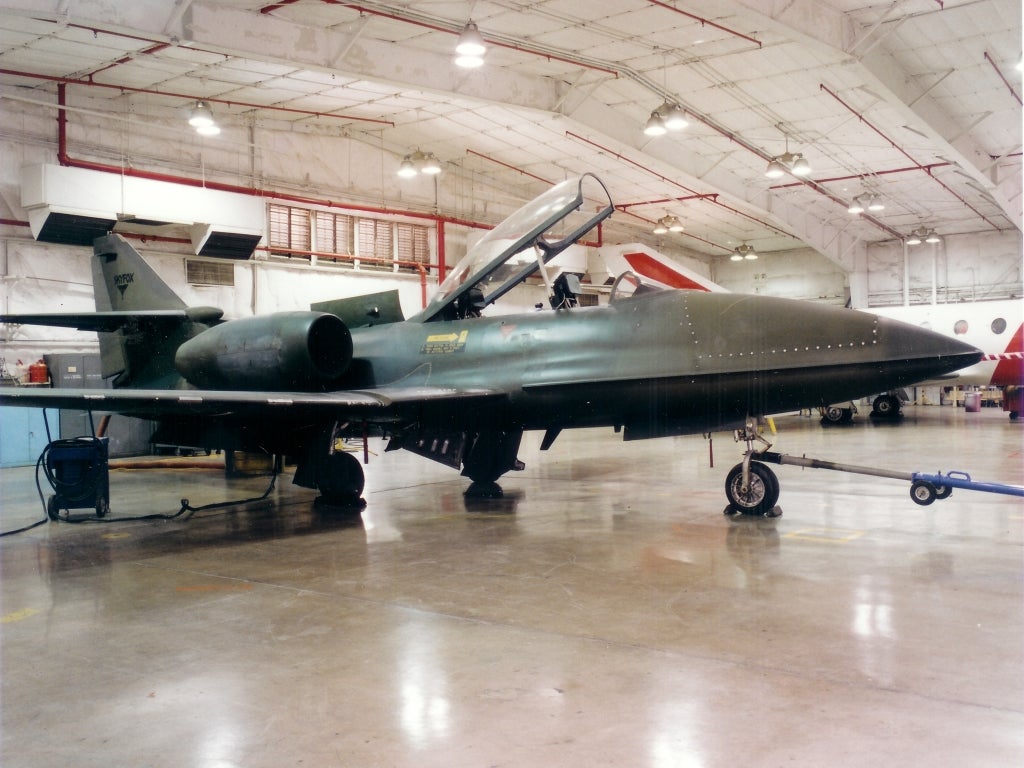
 MrDakka
> facw
MrDakka
> facw
08/20/2020 at 09:57 |
|
This the retrofuturism I like
 ttyymmnn
> facw
ttyymmnn
> facw
08/20/2020 at 10:09 |
|
That last photo makes it look like a Me 262, or something from Germany 1945. Even in that slick Skyfox livery it looks like an anachronism.
Anyway, I checked with Lloyd S. Jones, who I consider to be a pretty reliable source, and is often used as a source in Wiki articles. This is what he has to say about the F-94:
When deliveries of the F-94A began in June 1950, the Lockheed Starfire became the first jet-powered all-weather fighter to enter service with the U.S. Air Force. The Starfire was virtually an off-the-shelf fighter, sharing wing, landing gear and tail surfaces with the F-80 Shooting Star. In fact, the prototype for the Starfire series had actually been built as an F-80 which had become the TF-80C, first of the famous T-33 trainers. Lockheed engineers revised the contours of the trainerís nose to accept radar. In this form, the YF-94 (#48-356) was first flown on April 16, 1949.
So, both sources are kind of correct. They took an F-80, developed it into the TF-80, then turned that into the Starfire.
 user314
> facw
user314
> facw
08/20/2020 at 10:34 |
|
Thatís a great idea, just 10-15 years too late.
The Skyfox was marketed either as a complete converted aircraft from Boeing, or as a conversion kit, with the customer providing the T-33 airframe. The conversion incorporated about 70% of the existing T-33 airframe, but replaced the existing internal single Allison J33 † turbojet engine with two Garrett TFE731-3A † turbofan engines mounted externally. Together, the two TFE731s weighed 17% less than the single original engine, while providing 60% more thrust on 45% less fuel.
The engine change provided a large internal volume for fuel storage, eliminating the need for the T-33's wingtip tanks, but tip mountings were retained to accommodate optional auxiliary fuel tanks if desired.
Other modifications included inboard wing leading-edge extensions, the replacement of the tip tanks with winglets, a new canopy with one-piece windshield, revised nose geometry to improve visibility from the cockpit and to fair into the T-33's lateral intakes, new tail surfaces with a mid-set tailplane (although the original wings were retained), and new avionics.
There were two conversion options: to purchase a complete Skyfox from Boeing or to purchase a conversion kit from Boeing and perform the conversion in the country itself.
The standard conversion kit included:
Two Garrett TFE371-3A turbofans, the nacelles, and the propulsion support system.
Nose and tail assemblies.
Single-point refuelling.
Aerodynamic refinement kit.
Structural refinement kit.
Nose wheel steering.
Anti-skid power brakes.
Single-piece windscreen.
Hydraulic components kit.
Generator control and distribution system.
Throttle quadrants and control system.
Fire extinguishing system.
Control panels for the cockpit.
In addition to the standard conversion kit described above, Boeing also offered a number of options that could further improve the overall capability of the Skyfox:
Avionics upgrade.
Basic rewiring of the aircraft.
Tactical, reconnaissance, and electronic warfare training mission packages.
Zero-zero ejection seats.
The prototype had been in storage, but looks like it was scrapped within the last ten years.